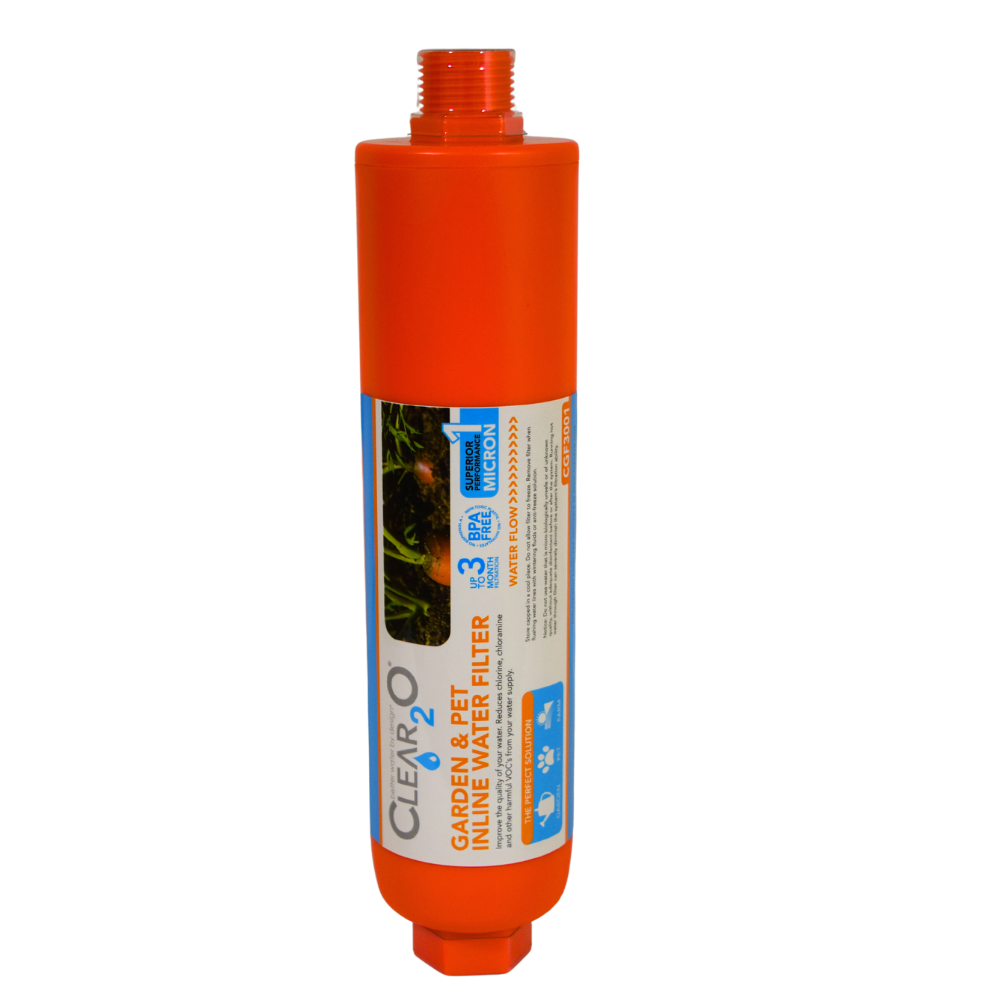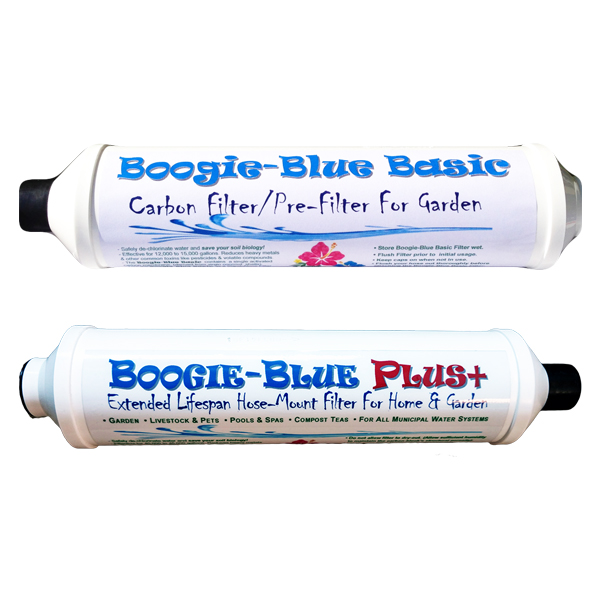thurmanrd
New Member
I refill my tanks after water changes with a garden hose. I know that most people just add Prime or something as the tank is refilling or immediately after the tank refills. But our tap water has a lot of chlorine and it always makes me nervous that the fish will be exposed to too much during the refill process. Recently, I learned that there are hose attachments that remove chlorine and heavy medals sold to organic gardeners. There are a number of brands online. None of the adds mention aquariums (one mentions ponds), but I'm wondering it it might be safe to try. I'd love to hear your thoughts.



